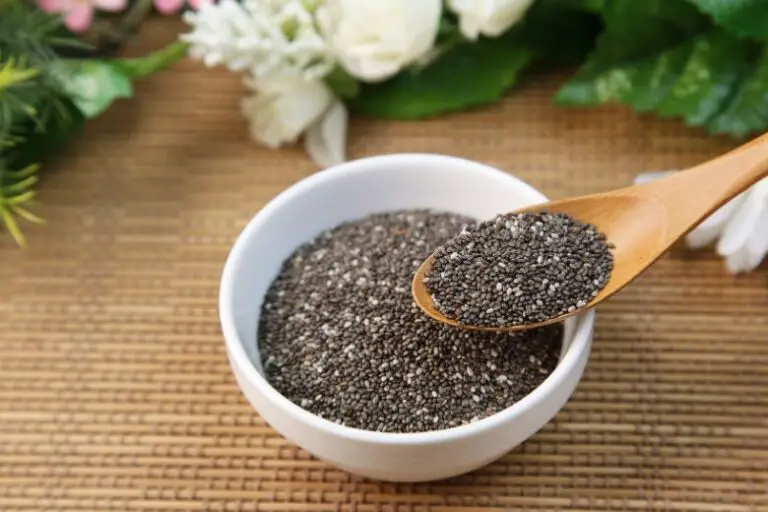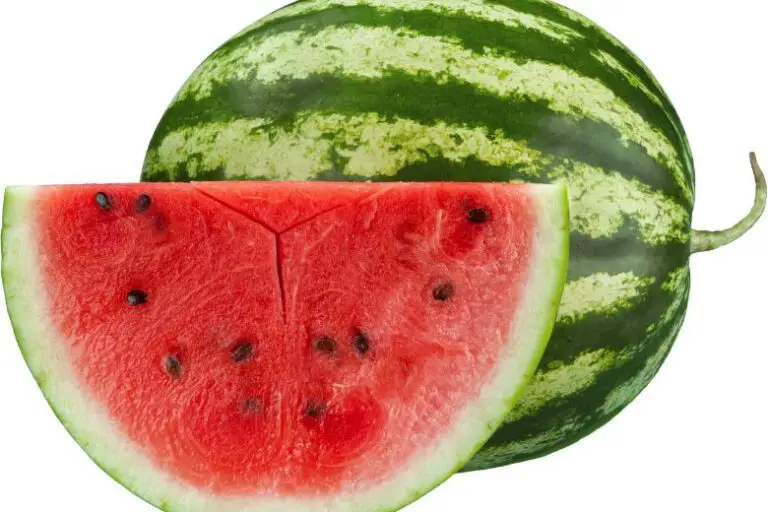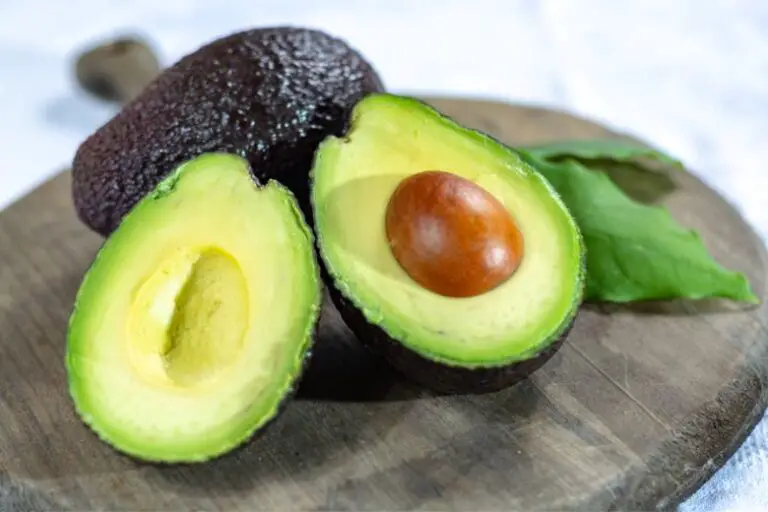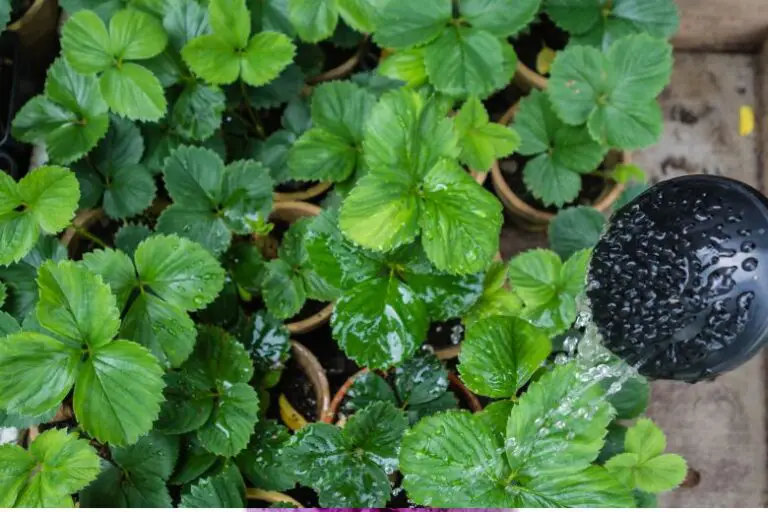Are Blueberries Actually Blue?
Blueberries are delightful and nutritious fruits loved by many. They find their way into various culinary creations, from pies and muffins to smoothies and salads.
But have you ever wondered, are blueberries actually blue? In this article, we will delve into the science behind the color of blueberries and explore the factors contributing to their shades. Let’s uncover the truth behind this vibrant fruit!
The Science Behind Blueberries’ Color
Anthocyanins and pH Levels
The vivid color of blueberries can be attributed to natural pigments called anthocyanins. These water-soluble compounds belong to the flavonoid family and are responsible for hues ranging from red to blue. In acidic environments, anthocyanins showcase a rich red color, while in more basic or alkaline conditions, they tend to turn bluish. This fascinating pH-dependent behavior plays a vital role in determining the color we perceive in blueberries.
Role of Cell Structure
The color of blueberries is also influenced by their cellular structure. When light passes through the skin of a blueberry, tiny structures called cell vacuoles scatter and absorb certain wavelengths of light. This process leads to the reflection of blue light, contributing to the berry’s overall color.
Why Are Blueberries Called “Blue”?
Perception of Colors
Interestingly, the way we perceive colors is not solely determined by the actual color of an object. Instead, it is influenced by the interaction between light, the object’s surface, and the human eye. When we look at a cluster of blueberries, the color we associate with them is primarily a result of our brain processing the scattered blue light.
Cultural Naming
The colloquial naming of fruits is often influenced by tradition and cultural practices. Blueberries, despite having a predominantly bluish appearance, have earned their name due to a common consensus over generations. This cultural naming tradition has stuck, further solidifying the perception of blueberries being blue.
Varieties of Blueberries and Their Colors
Blueberries come in various cultivars, each offering unique flavors, sizes, and colors. While most blueberries indeed possess shades of blue, there are varieties that showcase colors like purple, red, and even black. These diverse hues add to the visual appeal of this delicious fruit.
Health Benefits of Blueberries
Beyond their alluring color, blueberries pack a powerful punch of nutrients and health benefits.
Antioxidants and Nutrients
Blueberries are renowned for their high antioxidant content, particularly flavonoids like anthocyanins. These antioxidants play a crucial role in neutralizing harmful free radicals in the body, protecting our cells from oxidative stress.
Impact on Brain Health
Research suggests that the regular consumption of blueberries may positively affect brain function and cognitive health. These brain-boosting properties have garnered significant attention in the scientific community.
Heart Health Benefits
The consumption of blueberries has been linked to improved heart health. Their ability to lower blood pressure and reduce bad cholesterol levels makes them a heart-friendly addition to any diet.
Growing Blueberries: Factors Affecting Color
The color development of blueberries is influenced by several factors during their growth and development.
Sunlight and Temperature
The amount of sunlight and temperature the blueberry plant receives can impact the synthesis of anthocyanins. Adequate sunlight and optimal temperatures contribute to the production of these pigments, enhancing the fruit’s color.
Soil Composition
The pH levels and mineral content of the soil in which blueberries grow also influence their color. Acidic soils are known to promote the formation of the blue hue in blueberries.
Ripeness and Harvesting
Blueberries continue to develop their color as they ripen. Harvesting blueberries at their peak ripeness ensures maximum color vibrancy and flavor.
The Blueberry Industry
Commercial Uses
Blueberries have become a significant player in the food industry. From fresh produce to frozen products, blueberries are used in a wide range of culinary creations.
Economic Impact
The commercial cultivation of blueberries has had a positive impact on local and global economies. With increasing demand and consumption, this fruit has become a valuable agricultural commodity.
Fun Facts About Blueberries
Historical Significance
Blueberries have a rich history dating back thousands of years. Native Americans were known to use blueberries for medicinal purposes and as natural dyes.
Blueberry Festivals
Across the world, numerous blueberry festivals celebrate this delectable fruit. These events showcase the versatility and cultural significance of blueberries.
Cooking with Blueberries
Culinary Uses
Blueberries are not only nutritious but also incredibly versatile in the kitchen. They can be used in both sweet and savory dishes, adding a burst of flavor and color.
Recipes and Tips
From classic blueberry muffins to innovative blueberry-infused dishes, there are endless recipes to explore. Incorporating blueberries into your culinary creations can elevate the taste and appearance of your meals.
Myth Debunking: Are There Blue Blueberries?
The discussion around blueberries wouldn’t be complete without addressing a common misconception – the existence of blue blueberries. While the majority of blueberries possess hues of blue, there are no truly “blue” blueberries. The bluish appearance is a result of how our eyes and brain perceive the berry’s color due to the interaction of light and pigments.
Conclusion
In conclusion, blueberries are a fascinating fruit with a captivating color story. Their shades of blue are a result of complex interactions between pigments, pH levels, and light. As we enjoy the multitude of health benefits and culinary delights blueberries offer, let’s marvel at the science behind their beautiful hues.







